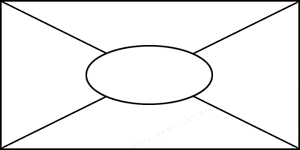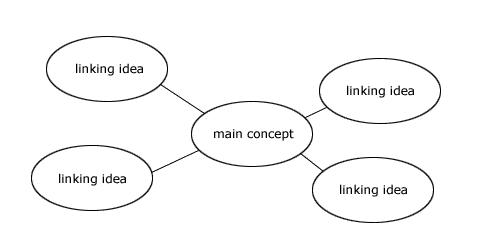Show students a pinch pot.
Teacher demonstrates and explains how to make a pinch pot.
How to make a pinch pot egg
Divide piece of clay into 2 equal sizes. Roll into a smooth ball. Hold ball in non-dominant hand and with opposite thumb, press into the ball about 2/3 of the way through. Using thumb and forefinger gently pinch/press and pull in an upwards direction until the wall of the pot are approx 1cm thick. Repeat the process for the second pot.
If the clay is drying out or cracking, spray with vinegar/water mix (50:50). Allow to dry overnight in a sealed bag.
To put the pots together, score the lips of the pots and spray lightly with water/vinegar. Gently but firmly press together and twist so that they stick. Using the side of your thumb push the clay over the join. If needed use vinegar solution to repair crack or join.
If desired tap into shape with a tap stick.
Decorate with tools and glaze.
Put a hole in the bottom before firing to prevent the egg from exploding.
Fire in the kiln.
Score - to scratch or cut the surface of the clay in preparation for joining.
Kiln - An industrial furnace or oven specifically used for the firing of clay and other ceramic material.
Fire - the application of heat to harden clay r ceramic.
Glaze - A coating of colored, opaque, or transparent material applied to ceramics before firing.
Scratch and Slip technique - Score the lips of both pinch pots. Spray both edges lightly with vinegar solution. Gently but firmly, push and twist both pinch pots together. When pots have been joined using edge of thumb or tool ensuring join cannot be seen.



























